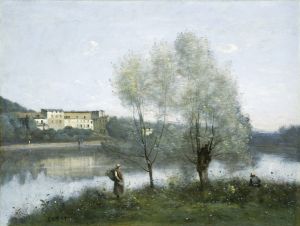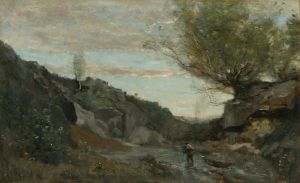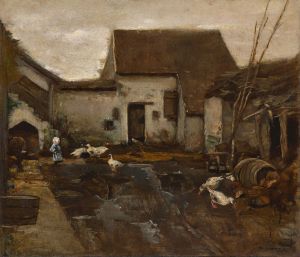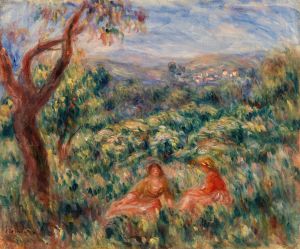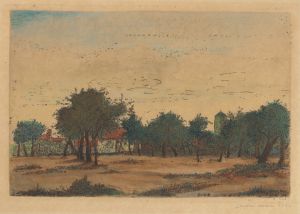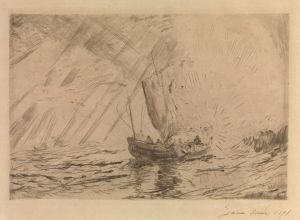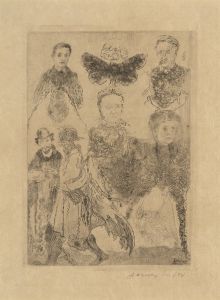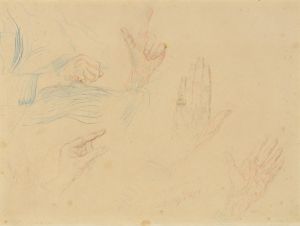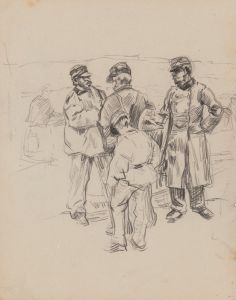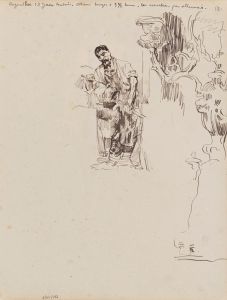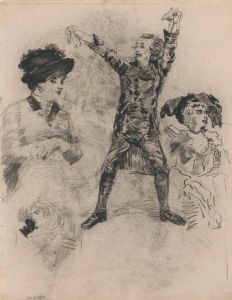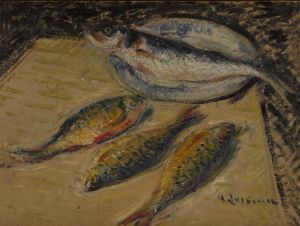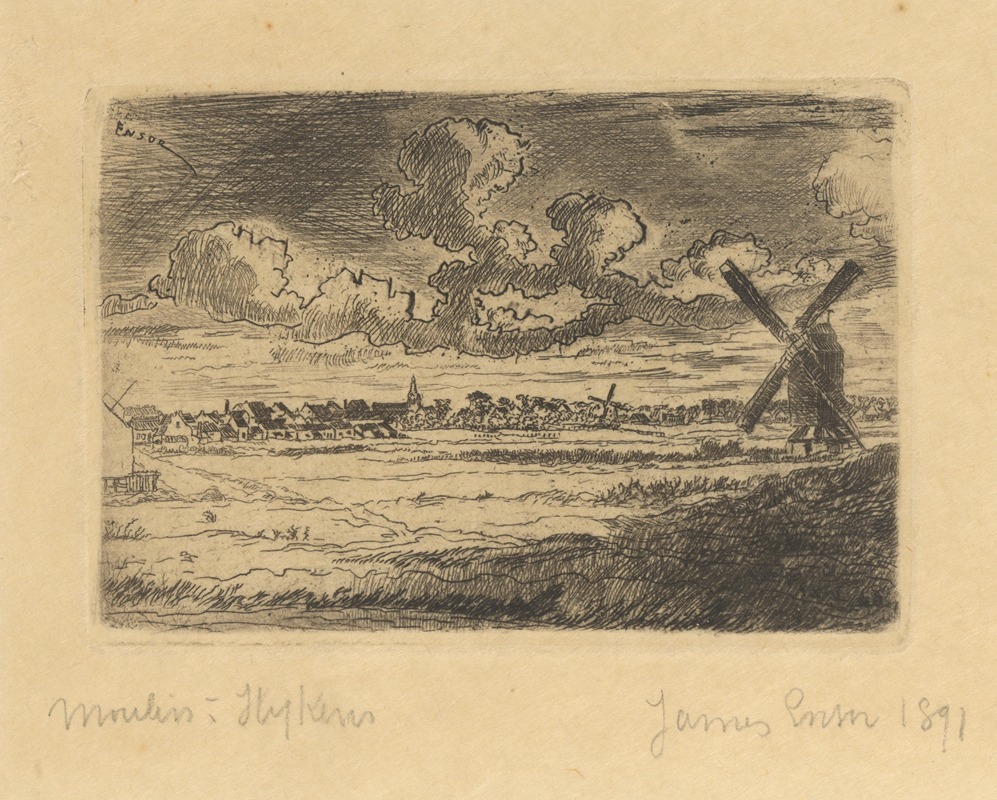
Molen te Slykens
A hand-painted replica of James Ensor’s masterpiece Molen te Slykens, meticulously crafted by professional artists to capture the true essence of the original. Each piece is created with museum-quality canvas and rare mineral pigments, carefully painted by experienced artists with delicate brushstrokes and rich, layered colors to perfectly recreate the texture of the original artwork. Unlike machine-printed reproductions, this hand-painted version brings the painting to life, infused with the artist’s emotions and skill in every stroke. Whether for personal collection or home decoration, it instantly elevates the artistic atmosphere of any space.
James Ensor, a prominent Belgian painter and printmaker, is known for his unique and innovative contributions to the art world during the late 19th and early 20th centuries. His work often features fantastical elements, vivid colors, and a distinctive style that blends realism with surreal and grotesque imagery. One of his lesser-known works is "Molen te Slykens," which translates to "Mill at Slykens."
"Molen te Slykens" is a painting that captures a windmill located in the region of Slykens, near Ostend, Belgium, where Ensor spent much of his life. The painting is an example of Ensor's ability to depict landscapes with a keen eye for detail and atmosphere. While Ensor is primarily celebrated for his more avant-garde and expressionistic works, this painting demonstrates his versatility and skill in capturing the essence of his surroundings.
The painting features a traditional windmill, a common sight in the Belgian countryside, set against a backdrop of expansive skies and open fields. Ensor's use of color and light in this piece is noteworthy, as he employs a palette that reflects the natural tones of the landscape while infusing it with a sense of movement and life. The brushwork is both precise and expressive, capturing the texture of the mill's sails and the surrounding environment.
Ensor's connection to Ostend and its environs is a recurring theme in his work. The coastal town and its landscapes provided him with endless inspiration, and he often depicted scenes from this area in his paintings. "Molen te Slykens" is a testament to his deep appreciation for the local scenery and his ability to translate it onto canvas with both accuracy and artistic flair.
Throughout his career, Ensor was associated with the avant-garde group Les XX, which was instrumental in promoting modern art in Belgium. His work, including "Molen te Slykens," reflects the group's emphasis on innovation and breaking away from traditional artistic conventions. Although this particular painting may not exhibit the more radical elements found in some of his other works, it still embodies the spirit of exploration and creativity that defined Ensor's approach to art.
Ensor's legacy as an artist is marked by his influence on subsequent generations of painters, particularly those associated with Expressionism and Surrealism. His ability to blend the real with the fantastical, as seen in "Molen te Slykens," continues to captivate audiences and art historians alike. The painting serves as a reminder of Ensor's diverse talents and his enduring impact on the art world.
While "Molen te Slykens" may not be as widely recognized as some of Ensor's other masterpieces, it remains an important part of his oeuvre, showcasing his ability to capture the beauty and character of the Belgian landscape. The painting is a valuable piece for those interested in exploring the breadth of Ensor's work and understanding the various influences that shaped his artistic vision.





